Rising Demand for Lightweight Materials
The Automotive Interior Trim Parts Market is experiencing a notable shift towards lightweight materials, driven by the automotive sector's increasing focus on fuel efficiency and performance. Manufacturers are increasingly adopting materials such as advanced composites and plastics, which not only reduce vehicle weight but also enhance durability and aesthetic appeal. According to recent data, the use of lightweight materials in automotive interiors is projected to grow at a compound annual growth rate of approximately 7% over the next five years. This trend is likely to be further propelled by stringent regulations aimed at reducing carbon emissions, compelling manufacturers to innovate and integrate lighter materials into their designs. Consequently, the demand for lightweight automotive interior trim parts is expected to rise, reflecting a broader industry movement towards sustainability and efficiency.
Growth of Electric and Autonomous Vehicles
The rise of electric and autonomous vehicles is significantly impacting the Automotive Interior Trim Parts Market, as these vehicles often require specialized interior components that cater to new functionalities and consumer expectations. Electric vehicles (EVs) are increasingly being designed with innovative interior layouts that prioritize comfort and technology integration, leading to a demand for unique trim parts that enhance user experience. Additionally, the autonomous vehicle segment is pushing for interiors that facilitate relaxation and productivity, further diversifying the types of interior trim parts needed. Market analysis indicates that the electric vehicle market is projected to grow at a staggering rate of over 20% annually, which will likely drive demand for specialized interior trim components. This evolution in vehicle design presents manufacturers with opportunities to innovate and expand their product offerings in response to changing consumer needs.
Regulatory Compliance and Safety Standards
Regulatory compliance and safety standards are increasingly shaping the Automotive Interior Trim Parts Market, as governments worldwide implement stringent regulations to ensure vehicle safety and environmental sustainability. Manufacturers are required to adhere to various safety standards concerning the materials used in interior trim parts, including fire resistance and chemical emissions. This regulatory landscape is compelling manufacturers to innovate and develop safer, more sustainable interior components. For instance, the introduction of regulations aimed at reducing volatile organic compounds (VOCs) in automotive interiors is driving the adoption of eco-friendly materials. As a result, the market for compliant automotive interior trim parts is expected to expand, with estimates suggesting a growth rate of around 6% over the next few years. This focus on compliance not only enhances consumer safety but also aligns with broader sustainability goals.
Consumer Preference for Enhanced Aesthetics
The Automotive Interior Trim Parts Market is witnessing a growing consumer preference for enhanced aesthetics and luxury finishes in vehicle interiors. As consumers become more discerning, the demand for high-quality materials and innovative designs is on the rise. This trend is particularly evident in the premium vehicle segment, where manufacturers are investing in superior interior trim options to differentiate their offerings. Data suggests that the luxury automotive segment is expected to grow by approximately 8% annually, with a significant portion of this growth attributed to the demand for aesthetically pleasing interior components. Consequently, manufacturers are focusing on integrating premium materials such as leather, wood, and high-grade plastics into their interior trim parts, thereby enhancing the overall consumer experience and driving market growth.
Technological Advancements in Manufacturing
Technological advancements are significantly influencing the Automotive Interior Trim Parts Market, as manufacturers increasingly adopt automation and smart manufacturing techniques. Innovations such as 3D printing and computer-aided design (CAD) are streamlining production processes, allowing for greater precision and reduced lead times. The integration of Industry 4.0 technologies is also enhancing supply chain efficiency, enabling real-time monitoring and data analytics. As a result, manufacturers can respond more swiftly to market demands and customize products to meet specific consumer preferences. This shift towards advanced manufacturing technologies is expected to drive growth in the automotive interior trim parts sector, with projections indicating a potential increase in market size by over 10% in the coming years. The ability to produce high-quality, customized interior components at scale positions manufacturers favorably in a competitive landscape.


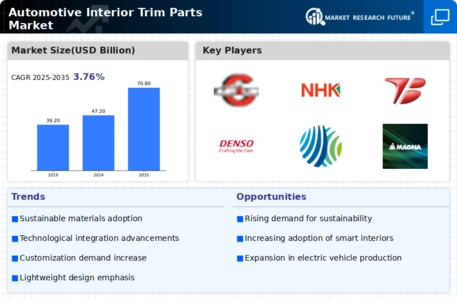
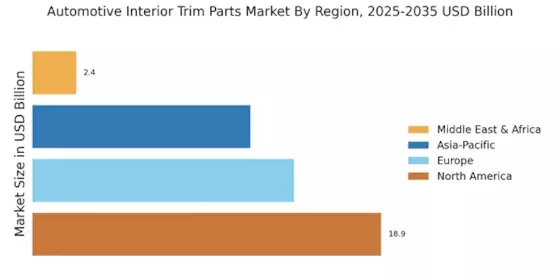
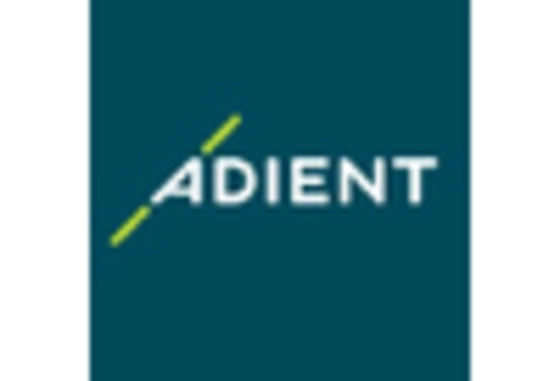
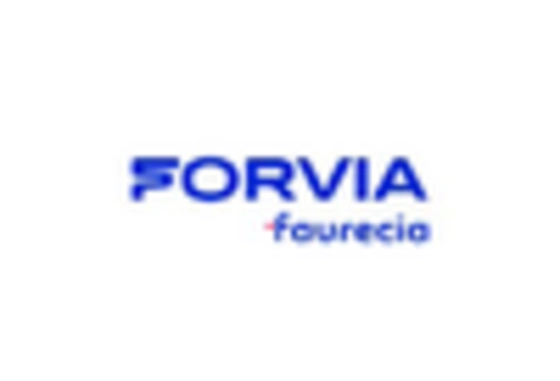
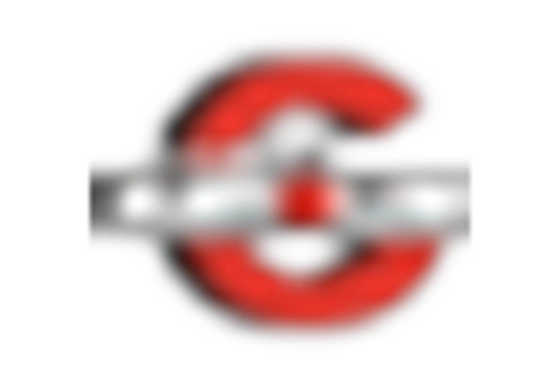
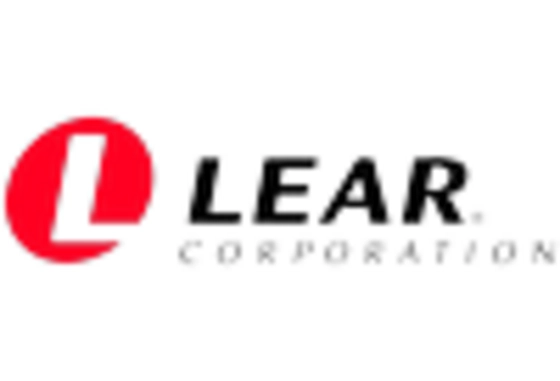
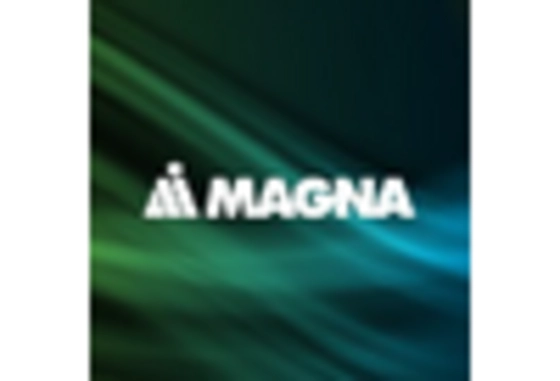









Leave a Comment